Industrial-grade hot stamping foil slitting machines need to handle high-strength metal materials (such as aluminum foil, aluminized film, etc.) during processing, and may be exposed to harsh environments such as moisture, high temperatures, or chemical solvents. The quality of wear and corrosion resistance is directly related to the service life, productivity and product quality of equipment, and the following are the key reasons:
1. Extend the life of the equipment and reduce the maintenance cost
• Mechanical wear: The cutters, guide rails, bearings and other components of the slitting machine will frequently rub against hot stamping foil materials during high-speed operation. Insufficient wear resistance of the material can lead to rapid wear and tear of components, increasing downtime and maintenance costs due to frequent replacement of parts.
• Corrosion loss: Exposure to coolant, aluminum chips, or water vapor and chemicals in the environment (e.g., coating solvents when slitting aluminized films) may occur during processing. Metal parts with poor corrosion resistance can rust and oxidize, leading to loss of accuracy and even functional failure.
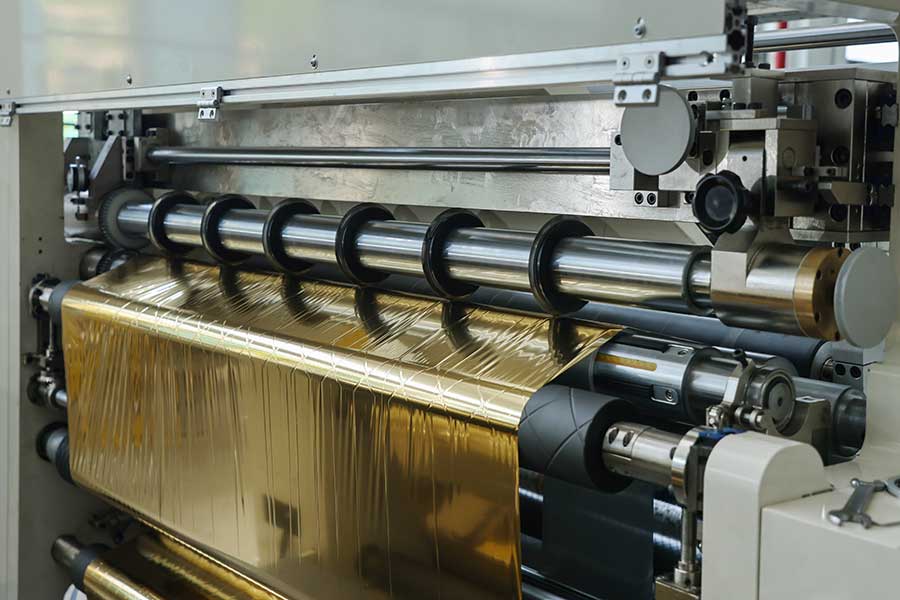
2. Ensure the slitting accuracy and product consistency
• Edge retention: Wear-resistant tools stay sharp for long periods of time to avoid nick burrs, delamination or dimensional deviations due to wear, which is especially critical for slitting ultra-thin aluminum foils such as lithium battery current collectors.
• Structural stability: Corrosion will cause deformation or increased clearance of equipment components, affect the slitting tension and alignment accuracy, and lead to defects such as wavy edges and curl of the product.
3. Adapt to harsh industrial environments
• High humidity/high temperature environments: For example, in the southern coastal areas or in some special workshops, anti-corrosion coatings (e.g. chrome plating, ceramic plating) prevent equipment from corroding.
• Chemical media: hot stamping foil may have residual adhesives or coating components on the surface, and corrosion-resistant materials (e.g., stainless steel, special alloys) can avoid degradation caused by chemical attack.
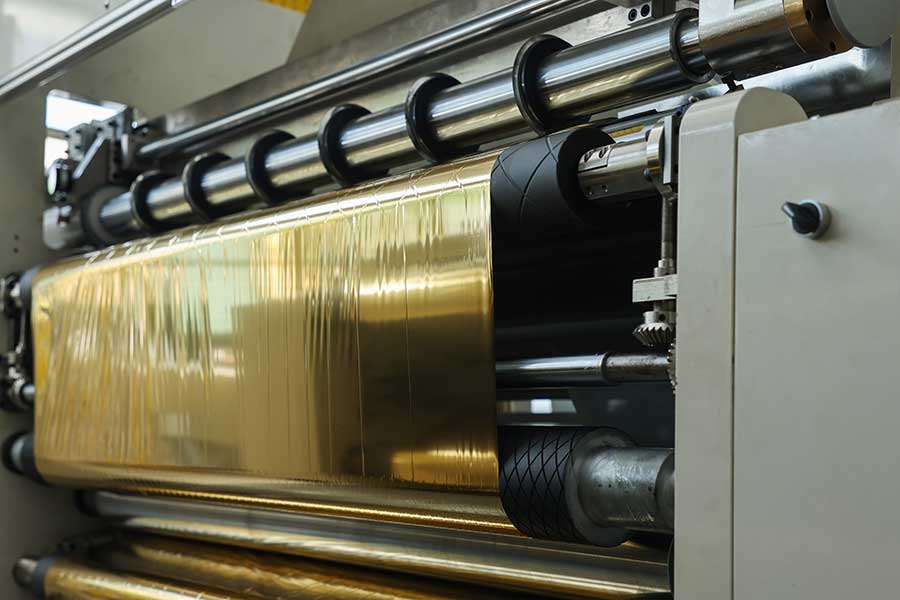
4. Reduce the risk of contamination
• Metal particles or corrosive flaking from abrasion can contaminate hot stamping foil products (e.g., food packaging films, electronic shielding films) and compromise end-application safety. Abrasion-resistant and corrosion-resistant design reduces such risks.
Key solutions
• Material selection: tools with tungsten carbide (e.g. tungsten steel), ceramic or diamond coating; The fuselage uses stainless steel or hot stamping foil alloy.
• Surface treatment: plating (e.g. TiN, DLC), laser hardening or spraying anti-corrosion coatings.
• Structural design: sealed bearings, dust-proof guide rails, reduce the intrusion of corrosive media.
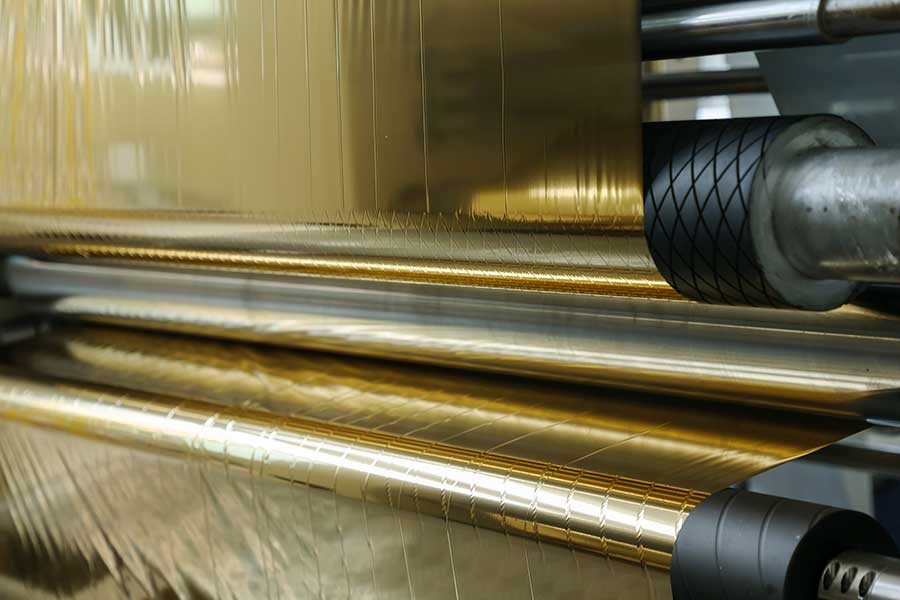
Industry application examples
• New energy field: lithium battery aluminum foil slitting requires extreme precision, and poor wear resistance will lead to short circuit of the battery caused by burrs of the pole piece.
• Packaging industry: When processing aluminized PET film, the slitting machine with insufficient corrosion resistance may corrode the knife roller due to solvent residues, affecting the sealing performance.
Conclusion: Wear resistance and corrosion resistance are the core indicators of the reliability and economy of industrial-grade hot stamping foil slitting machine, which directly determine the long-term stable performance of the equipment in high-efficiency and high-precision processing.
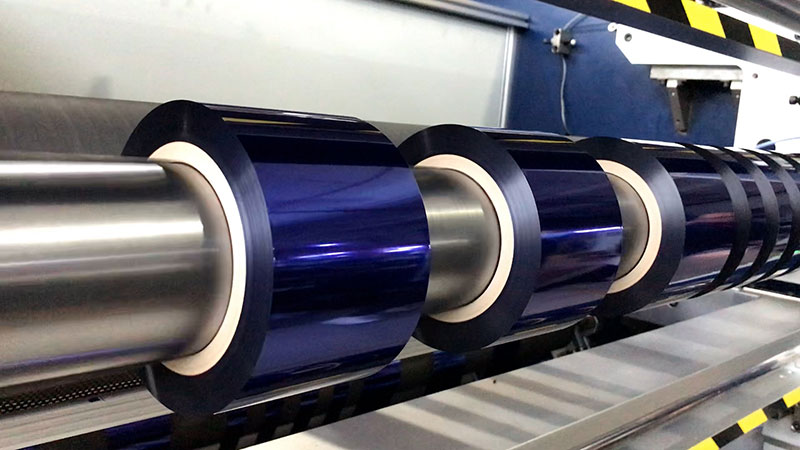
With the emergence of high-precision hot stamping foil slitting machines, this industry pain point is being fundamentally solved.
30. December, 2025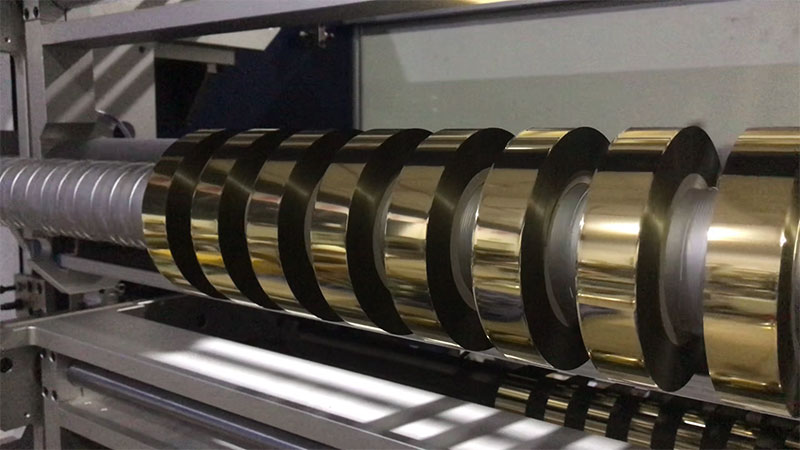
The emergence of automated slitting technology is providing innovative solutions to this industry problem.
30. December, 2025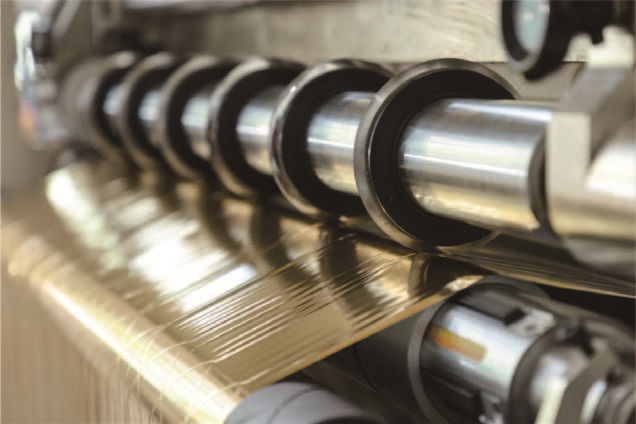
According to statistics, the material waste rate of the hot stamping process in some enterprises is as high as 15%-25%, becoming an "invisible killer" for cost control.
30. December, 2025
This seemingly simple piece of equipment is quietly changing the production efficiency standards of the entire industry.
27. December, 2025
A hot stamping foil slitting machine that can truly carry the trust of users must be the culmination of the following characteristics.
27. December, 2025